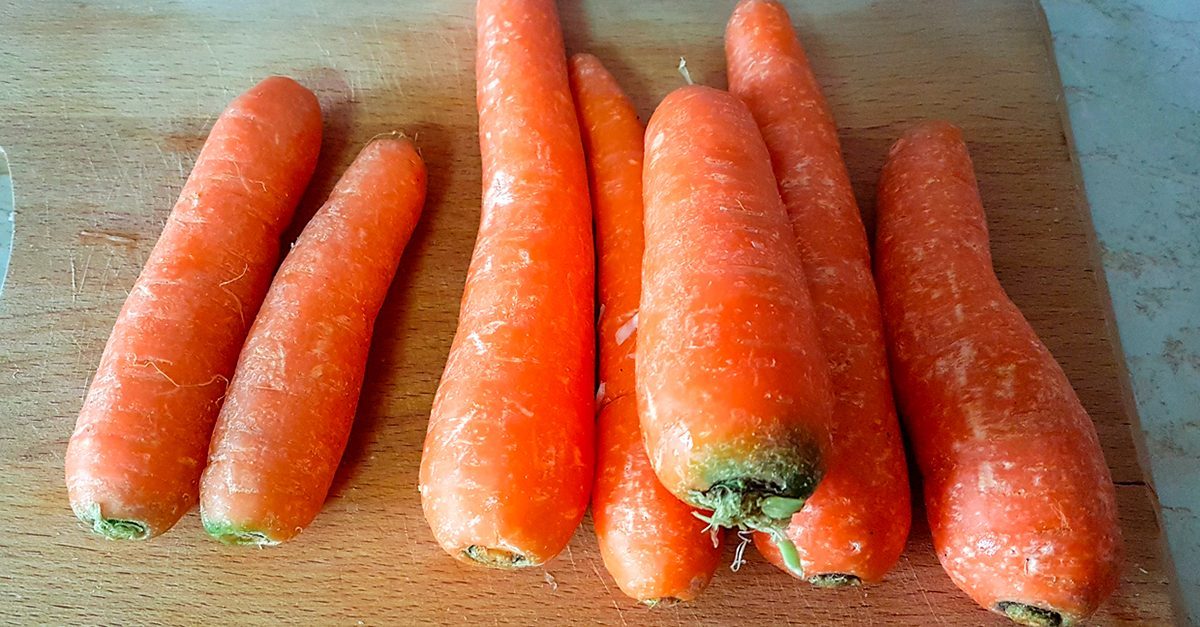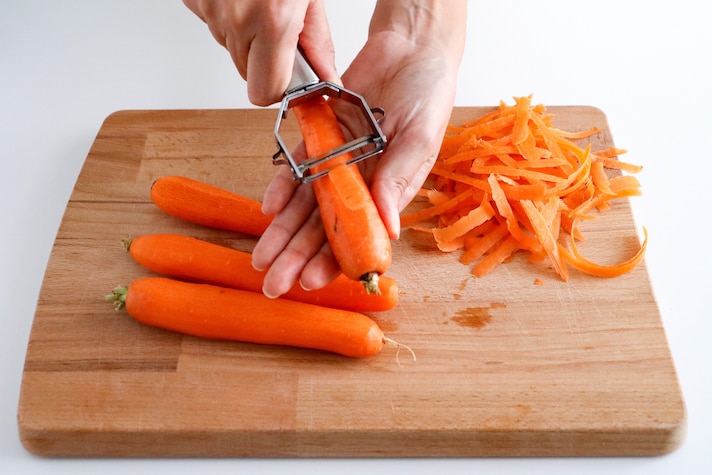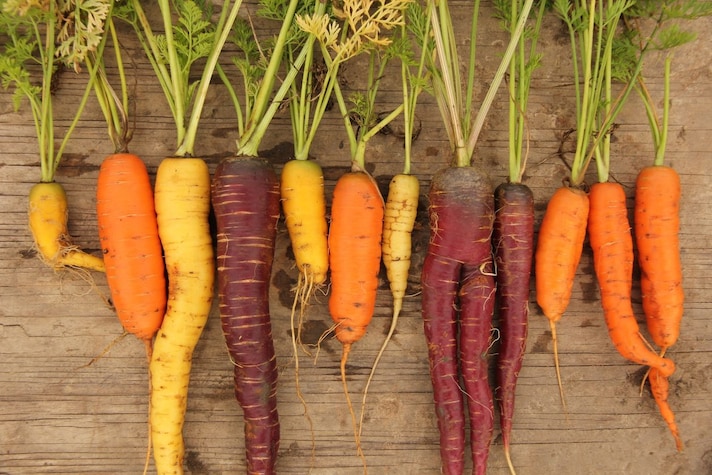How to Store Carrots Correctly: From The Fridge to The Sand
A vegetable available all year round and very versatile in the kitchen that can be best preserved in the refrigerator, freezer and under sand in order not to lose its crunchiness and flavor.
;Resize,width=742;)
Carrots are among the most common vegetables to have practically always available: al
though the best time to buy them is late spring, they can be found at the greengrocer's and supermarkets all year round. Thanks to their versatility, carrots can be used for various purposes, raw and cooked: as a snack or dip, as a base for sautéing, in cream soups or a simple side dish, up to being an ingredient in pastry making, for the classic carrot cake and its variations, or in centrifuges for a full dose of well-being. Orange carrots are rich in carotenoids, contain almost 90% water, very little fat (0.2%) and as they ripen they acquire sweetness, thanks to the presence of sugars (especially glucose and sucrose). Like most vegetables and fruit, carrots also tend to perish quickly, but if stored correctly they can last up to two weeks in the refrigerator: remember, however, that the more days pass, the more they lose flavor and become soft. Here's how to keep them at their best.
How to Store Carrots in The Refrigerator
Carrots, once bought nice and firm, so that they do not show signs of giving way, can be stored as they are in the refrigerator compartment intended for vegetables, the lowest drawer, where they find the right temperature (between 39°F/4°C and 42°F/6°C). To keep them crunchy for longer, you can wrap them in kitchen paper and put them in a perforated bag, so as to eliminate excess humidity. In this way they can last up to two weeks, but not longer, because they will start to become soft and less tasty after about a week.
How to Preserve Carrots in a Jar
It can happen that you cut carrots in abundance, thus finding yourself with vegetables already peeled and then cut into sticks. To keep them crunchy for some more time, you can store them inside a glass jar (the one for jams is perfect), inserting them vertically, then covering them with cold water, closing the lid. Placed on the central shelf of the refrigerator, the carrots will maintain a nice orange color and a firm consistency for 2-3 days, changing the water every day, for a maximum of 7 days.

How to Store Carrots in The Freezer
Among the vegetables that can be frozen are also carrots. This method is particularly useful if you need to use them in a sauté that you want to make in advance and always have ready to use. The best method is to peel them and cut them into cubes, then seal them hermetically in a freezer bag alone, or together with the onion and celery processed in the same way. Otherwise, for other preparations, you can freeze them by blanching them first, so as to further slow down their degradation: cut the carrots into slices or cubes (it is not necessary to remove the peel), boil them for a couple of minutes and then transfer them to a bowl with water and ice, in order to stop the cooking. Lay them out on a clean kitchen towel and cover them with another, in order to dry them thoroughly. Divide the carrots into freezer bags and put them in the freezer: they will last for 6-8 months. Once defrosted, they should be consumed immediately and not put back in the freezer.
How to Store Carrots in Sand
Certainly less widespread nowadays, but no less effective, is the technique of preserving under sand. This is a functional practice for root vegetables and tubers, from onions to potatoes, including turnips and beets. The advantage is that it reproduces a natural environment, which better preserves the organoleptic and nutritional properties of the food, regulating humidity and therefore slowing down deterioration. You need to get a wooden box and fill it a few centimeters deep with sand, earth or dry sawdust, then add the vegetables, spaced apart, and cover them completely. The ideal is to store it in a cool, dark place, such as a cellar, a pantry or a room in the house that has these characteristics: carrots can last up to 6 months.

;Resize,width=767;)



